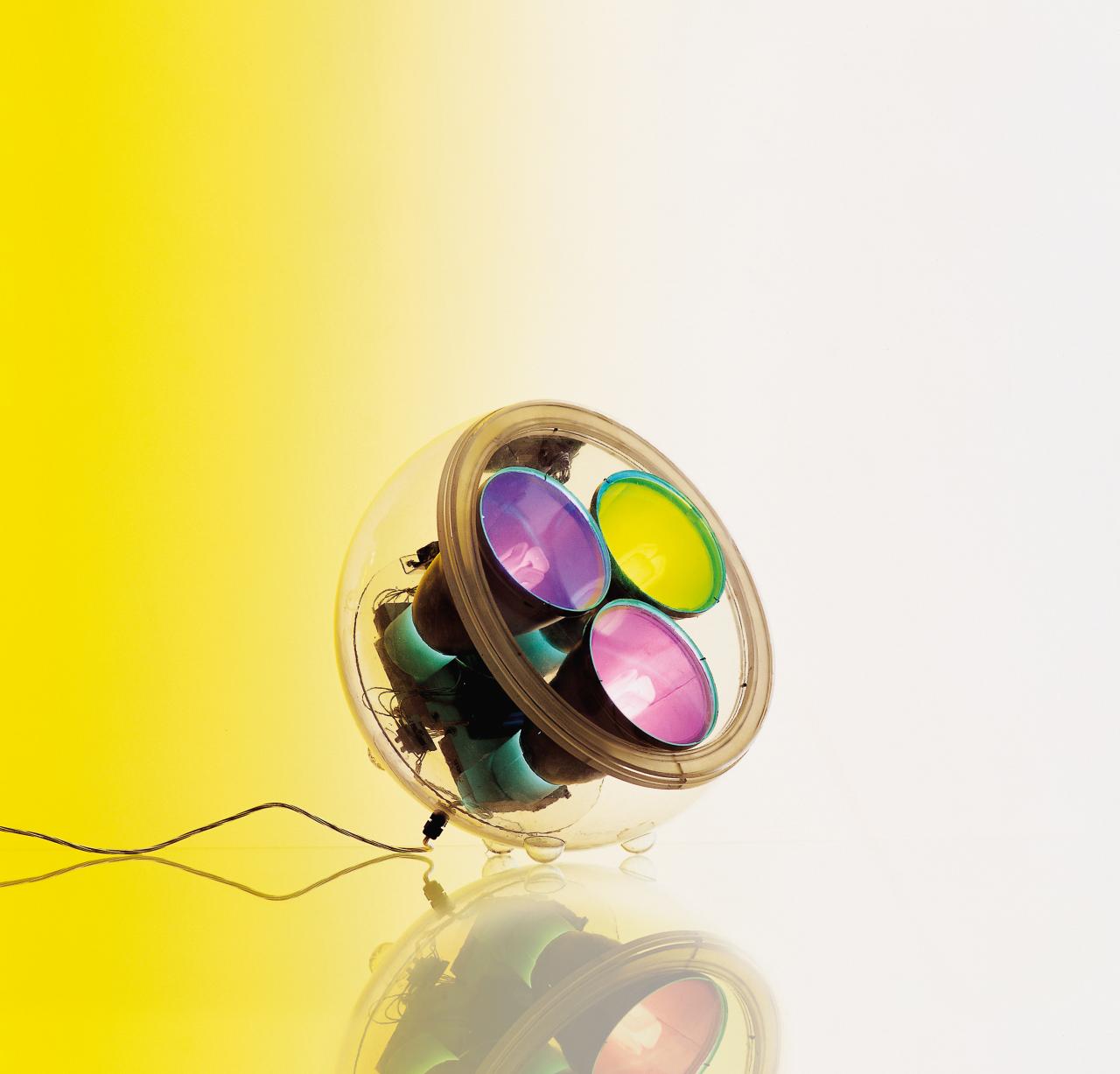
The figure above compare the number of men and women taking courses at a major polytechnic. It indicates the stark number of female students taking graphic design compared to industrial design. These figures from the 1980s show that more women studied graphic design than men. However design at this time was still heavily dominated and influenced by men. Therefore women studying and practicing design are all considered marginalised.
Sexual stereotyping has played a huge role in the marginalisation of women. Today the field of graphic design is open and welcoming to people of all sexes. While there is a great number of impressive women who stood out during the 1980s, what’s more impressive are the women who made a name for themselves before this period.

Cipe Pineles was born in 1908 and had tremendous contributions to the field of graphic design during the 1940s. During this time the design industry too was male dominated.
Men advertised products that targeted females whereas female designers struggled to get their foot in the door. Pineles encountered “the same obstacles many of her female colleagues experienced in the workplace… only through sheer determination was Pineles eventually able to find work as an illustrator/designer.” [1]
Pineles was one of the first female figures in graphic design. Therefore her achievements are ever so incredible and inspiring. She was the first female art director at a major magazine, the first woman admitted to the New York Art Directors Club (NYADC) and was even inducted into its hall of fame.
Pineles worked for magazines including Glamour, Seventeen and Charm. And she is best known for her pioneering editorial work. “Compared to the sentimentalised style adopted by her predecessors, she championed a more modernist-inspired approach to editorial design.”[2] Pineles always brought a keen level of thought to her work and would hire fine artists like Andy Warhol to illustrate stories.
Pineles had an “understanding of how to create magazines that would speak to what women needed to know and really wanted to read about.”[3] She tapped into the teenage girl market and saw them as young women rather than silly girls. Her magazine acknowledged that teenage girls did not want to dress like their mothers and that women wanted to step away from traditional roles as wives and mothers.
Pineles was also aware that during the time in America, women were beginning to take control of their own lives and joining the workforce. And as a proto-feminist, she used her art direction to portray women as such.
The graphic design industry “was viewed as a male trade” [4] creating a struggle for women to speak up about gender equality. It’s shocking considering “women have consistently comprised over 50 per cent of graphic design graduates.” [5]
Throughout her life, Pineles had many men throughout her life that were successful art directors. Her first husband Agha called out NYADC as they refused to let her join the club. She had been nominated for 10 years in a row and was finally accepted. “The majority of (design) firms are established by men, the majority of awards are presented to male designers and the majority of senior positions are held by men.” [6] So it is clear to see how the contribution of female designers were buried through the marginalisation towards women.
Cipe Pineles innovation completely changed the style of magazines. She fought for women’s rights through her creative direction. And although she was recognised eventually for her work, she still struggled to start her career in the face of sexism. In the field of graphic design she was revolutionary, and as a marginalised female individual she was a true superhero.
Bibliography
[1] Journal of Design History, Vol 12, No. 4. 1999, The Design History Society. p383.
[2] Fussell, Grace. The Influence of Women on Graphic Design Over the Last 100 Years. Accessed April 12, 2019. https://design.tutsplus.com/articles/the-influence-of-women-on-graphic-design-over-the-last-100-years–cms-30617
[3] Riechers, Angela. Print, Spring2015, Vol. 69 Issue 2, p74
[4] Connory, Jane. Plotting the Historical Pipeline of Women in Graphic Design. p2
[5] Connory, Jane. Plotting the Historical Pipeline of Women in Graphic Design. p1
[6] Bruce, Margaret. Lewis, Jenny. Women designers – is there a gender trap? p119

































